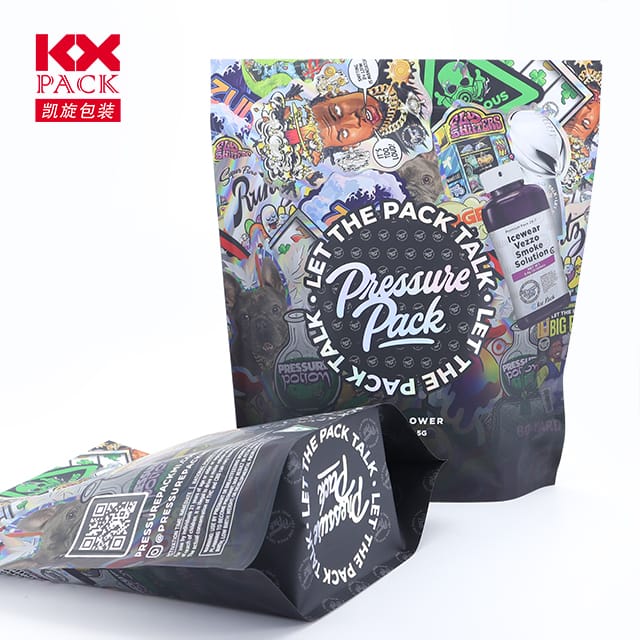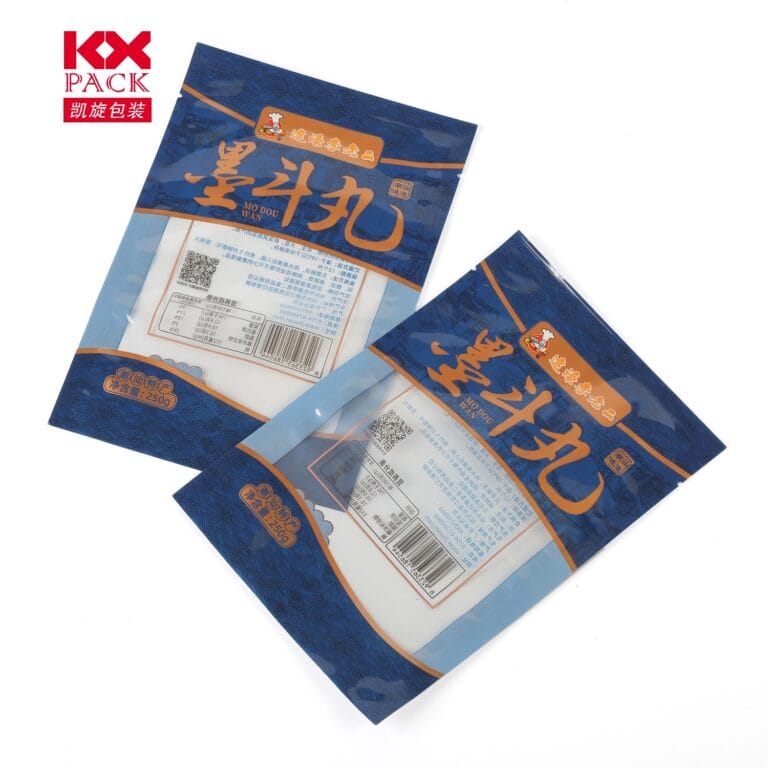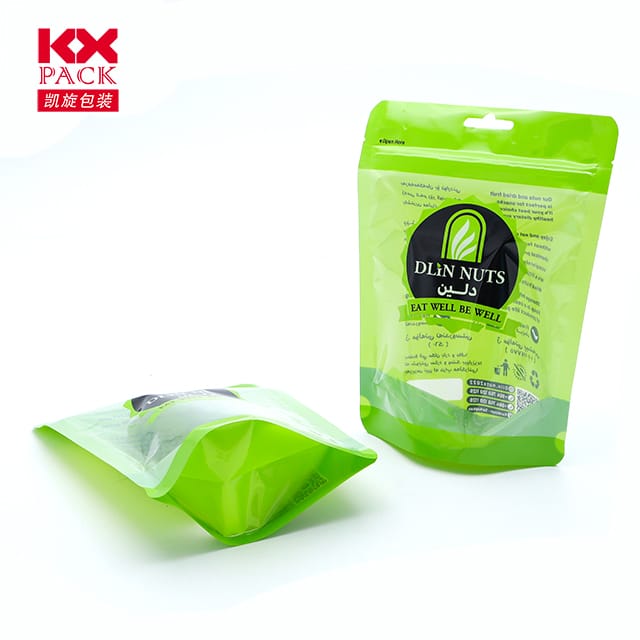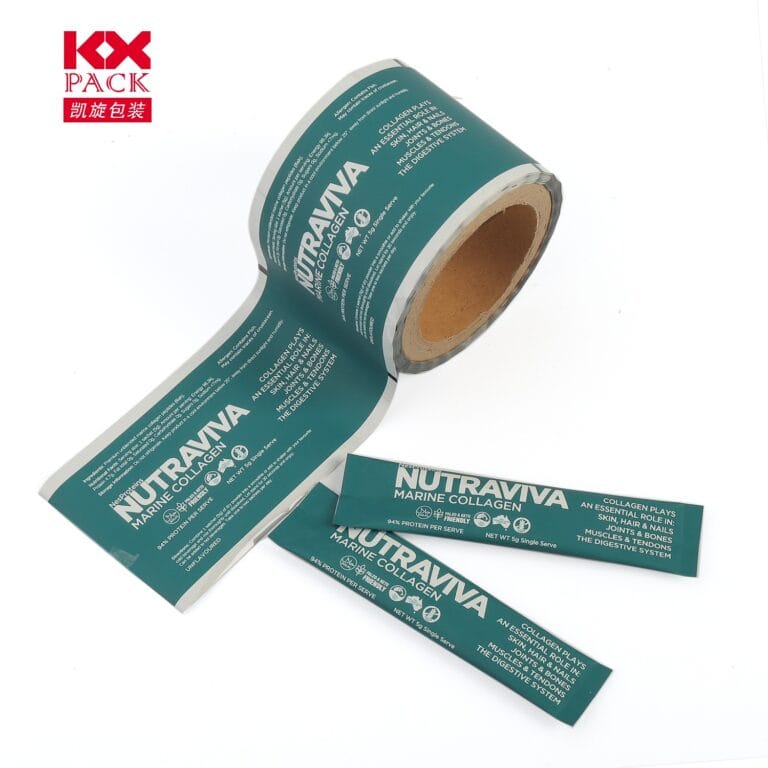Phim bọc thực phẩm bằng nhựa: Thuận tiện vs. Tính bền vững - những gì bạn cần biết (8)
Phim bọc thực phẩm bằng nhựa
Plastic food wrap film, Còn được gọi là phim bám hoặc bọc nhựa, là một mặt hàng chủ lực trong nhà bếp trên toàn thế giới. Minh bạch của nó, co giãn, và các thuộc tính kín khí làm cho nó trở thành một giải pháp để bảo quản thức ăn thừa, Gói bánh sandwich, hoặc bảo vệ sản phẩm tươi. Nhưng khi mối quan tâm về môi trường phát triển, Công cụ nhà bếp khiêm tốn này đã được xem xét kỹ lưỡng. Let’s explore its role in modern life, its ecological impact, and sustainable alternatives worth considering.(Phim bọc thực phẩm bằng nhựa)
The Upside: Why Plastic Food Wrap Film Is So Popular
- Unmatched Convenience:
- Transparent and flexible, it lets you see what’s inside while keeping food fresh.
- Adheres tightly to surfaces, preventing leaks and odors.
- Lightweight and affordable, it’s a budget-friendly choice for households and restaurants alike.
- Bảo quản thực phẩm:
- Extends the shelf life of perishables by creating a barrier against air and moisture.
- Reduces food waste—a critical benefit as global hunger and resource scarcity rise.
- Hygiene and Safety:
- Protects food from contaminants, insects, and cross-contamination in shared fridges.
The Downside: Environmental and Health Concerns
- Plastic Pollution:
- Most plastic wrap is made from polyethylene (Thể dục), a non-biodegradable material that persists in landfills for centuries.
- Single-use nature exacerbates waste: Globally, millions of tons of plastic wrap end up in oceans annually, harming marine life.
- Microplastic Risks:
- When heated (VÍ DỤ., in microwaves), plastic wrap can leach chemicals like phthalates and bisphenol A (BPA) into food.
- These additives are linked to hormonal disruptions and long-term health issues, especially in children.
- Thử thách tái chế:
- Thin and often contaminated with food residue, plastic wrap is rarely accepted by recycling programs.
Sustainable Alternatives to Plastic Food Wrap Film
May mắn thay, eco-conscious consumers have plenty of options:
- Beeswax Wraps:
- Made from organic cotton coated in beeswax, these reusable wraps are compostable and naturally antibacterial.
- Great for covering bowls, wrapping cheese, or storing veggies.
- Silicone Food Covers:
- Bền, airtight, and heat-resistant, silicone lids fit snugly over containers or directly onto produce like avocados.
- Dishwasher-safe and long-lasting, reducing single-use waste.
- Reusable Fabric Covers:
- Stretchy fabric bands or cloth wraps with elastic edges can securely cover dishes without plastic.
- Glass or Stainless Steel Containers:
- Investing in high-quality, airtight containers eliminates the need for wrap altogether.
- Paper or Parchment Paper:
- For dry goods, unbleached parchment paper or wax paper offers a biodegradable option (though less effective for moisture retention).
Tips for Reducing Plastic Wrap Use
- Store Smart: Use jars, Tupperware, or beeswax wraps for leftovers.
- Buy in Bulk: Purchase pantry staples in reusable containers to minimize packaging.
- Compost Scraps: Instead of wrapping peels or ends, compost them to enrich soil.
- Advocate for Change: Support brands that prioritize sustainable packaging or offer take-back programs.
The Future of Food Storage
Innovators are developing plant-based plastics derived from cornstarch or algae, which biodegrade faster than traditional options. Some companies are also experimenting with edible films made from seaweed or starch—a zero-waste solution that could revolutionize the industry.
Suy nghĩ cuối cùng
Plastic food wrap film’s convenience is undeniable, but its environmental cost is too high to ignore. By embracing reusable alternatives and supporting sustainable innovations, we can protect our planet without sacrificing practicality.
Small changes make a big difference. The next time you reach for plastic wrap, Hãy tự hỏi mình: Is there a better way? Your kitchen—and the Earth—will thank you.







